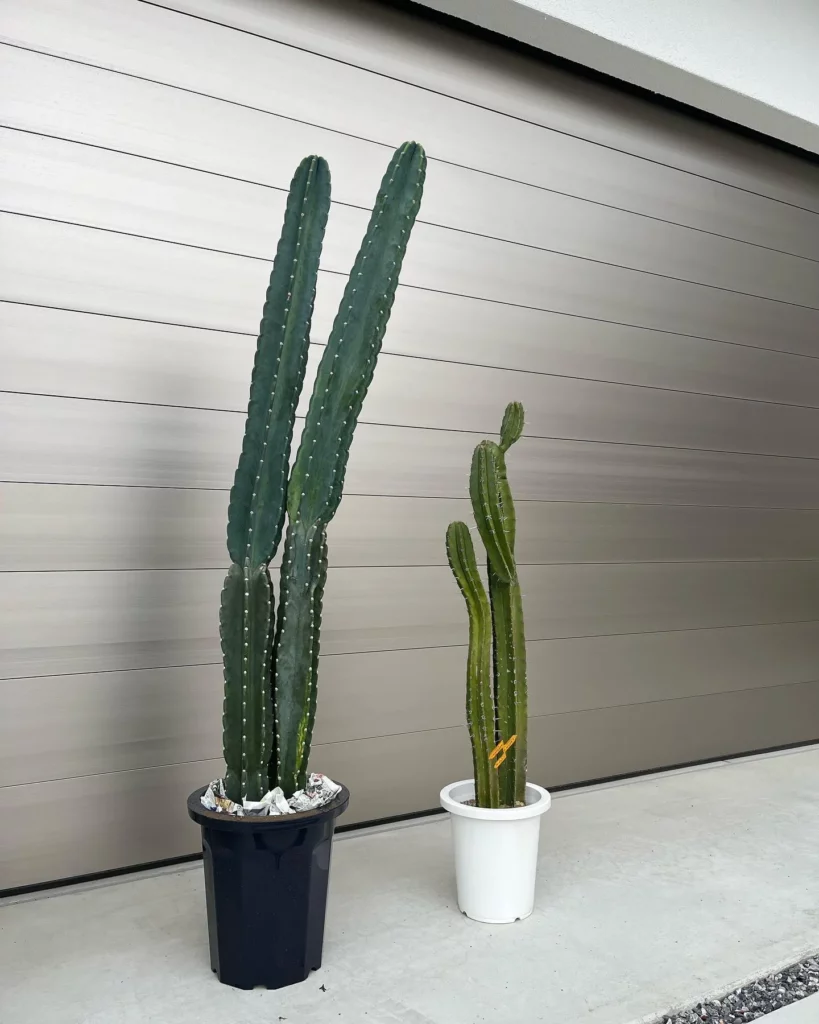The Claret Cup Cactus showcases a unique and captivating appearance that truly distinguishes it from other cactus species. With its rounded, barrel-shaped body and bluish-green skin, this cactus immediately catches the eye. Whether it has a single stem or multiple stems, each covered in spines, the Claret Cup Cactus is a striking plant that commands attention.
Appearance of Claret Cup Cactus



Standing between 6 inches to 2 feet tall, the Claret Cup Cactus offers a range of sizes, perfect for any landscape or garden. However, it’s the magnificent flowers that truly set this cactus apart. At the top of its stems, the Claret Cup Cactus produces large, waxy, deep pink cup-shaped blooms that are simply mesmerizing. These vibrant flowers not only add a pop of color to the cactus but also attract hummingbirds, creating a dynamic and enchanting display.
Light Requirements for Claret Cup Cactus

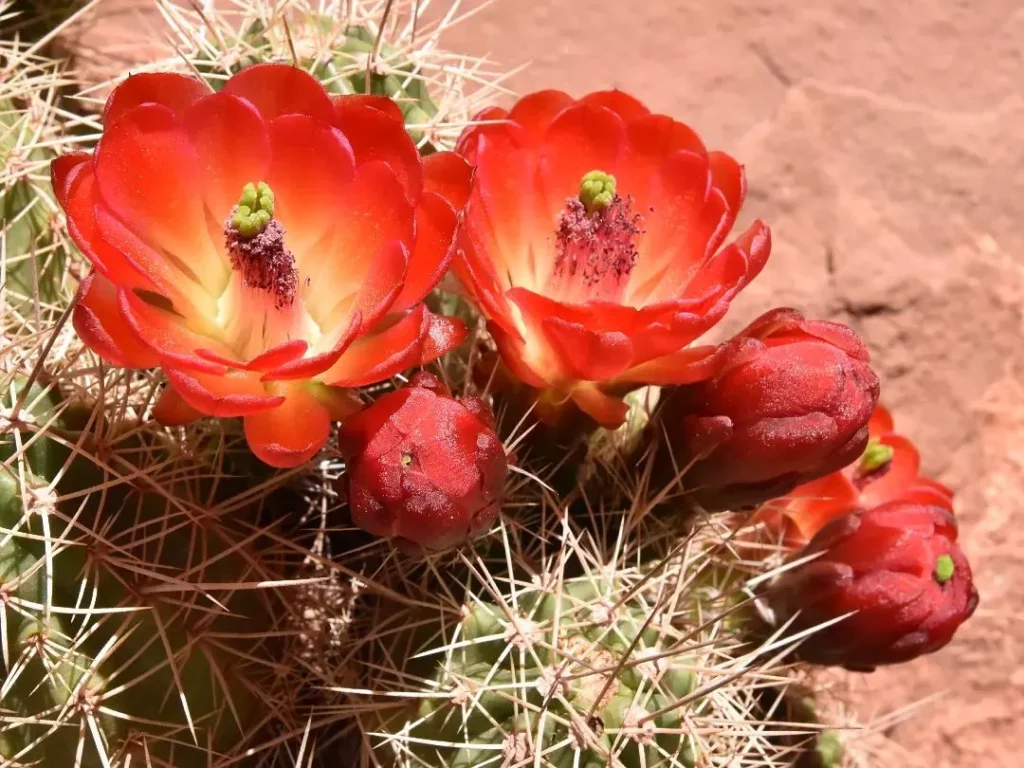
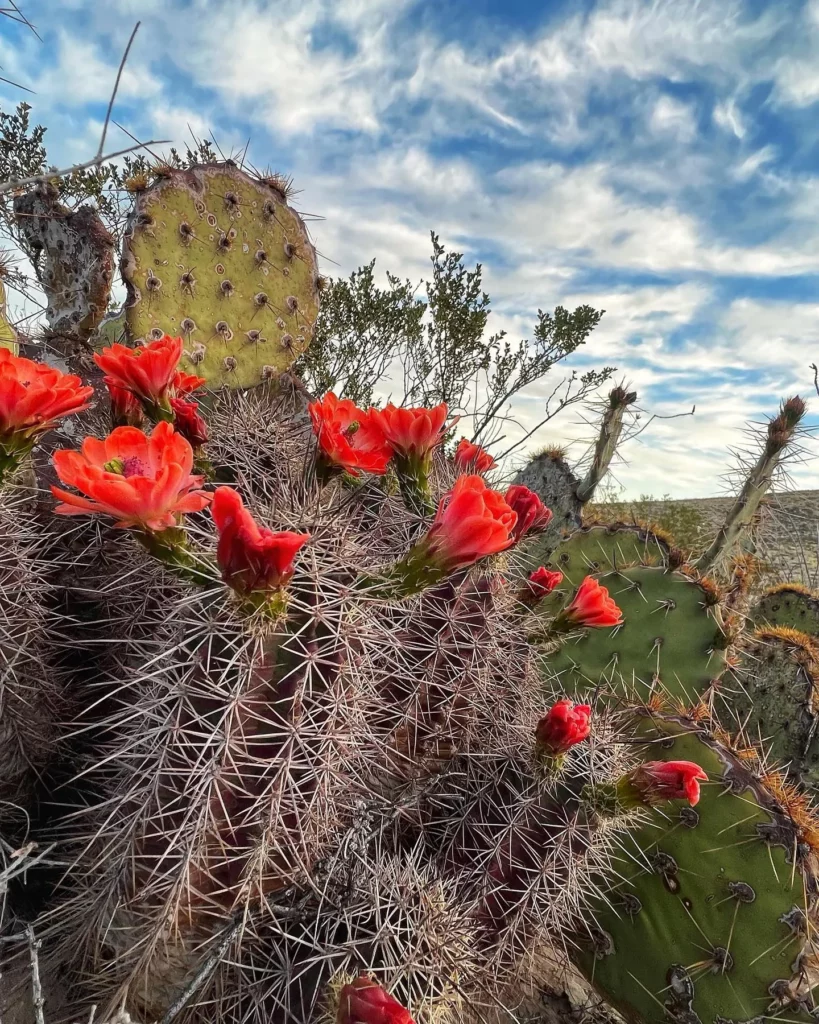
The Claret Cup Cactus, also known as Echinocereus triglochidiatus, thrives in full sun, making it perfect for sunny and arid landscapes. To ensure optimal growth and vibrant red blooms, this stunning desert plant requires a minimum of 6-8 hours of direct sunlight each day. Placing the Claret Cup Cactus in a location with abundant sunlight is essential for its overall health and the production of its captivating flowers.
With its ability to tolerate high temperatures, the Claret Cup Cactus is well-suited for desert environments. Its heat tolerance allows it to flourish and thrive even under intense sunlight and scorching conditions.
Watering the Claret Cup Cactus
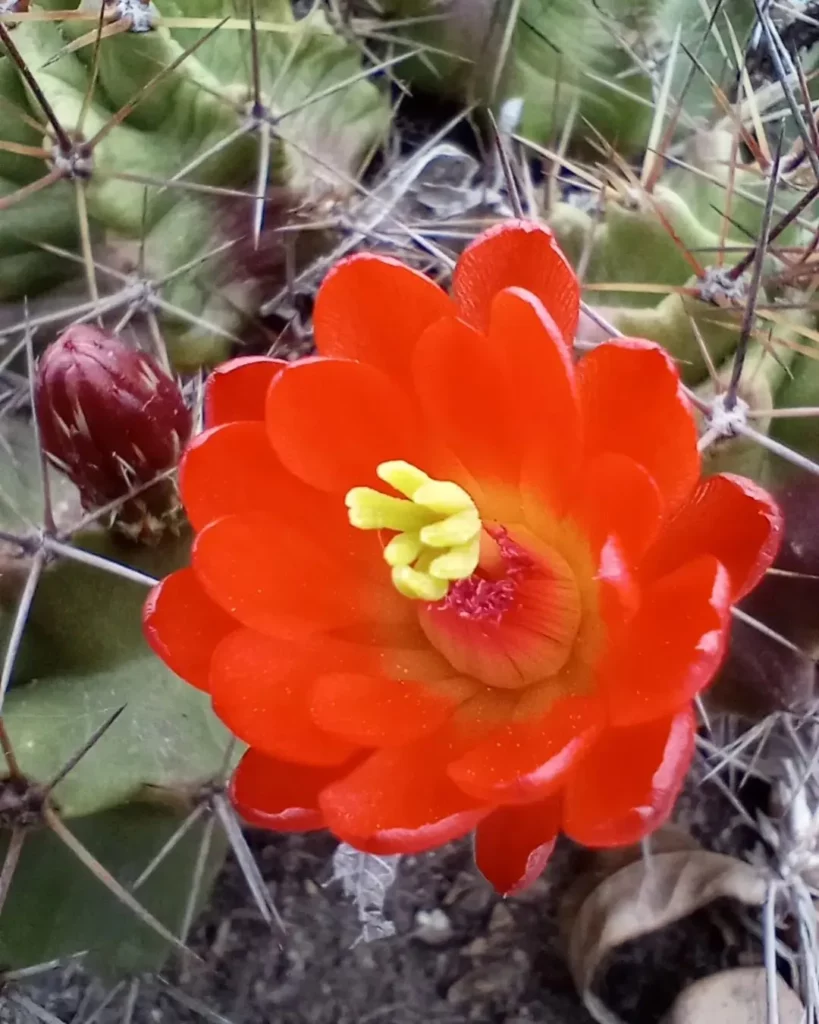
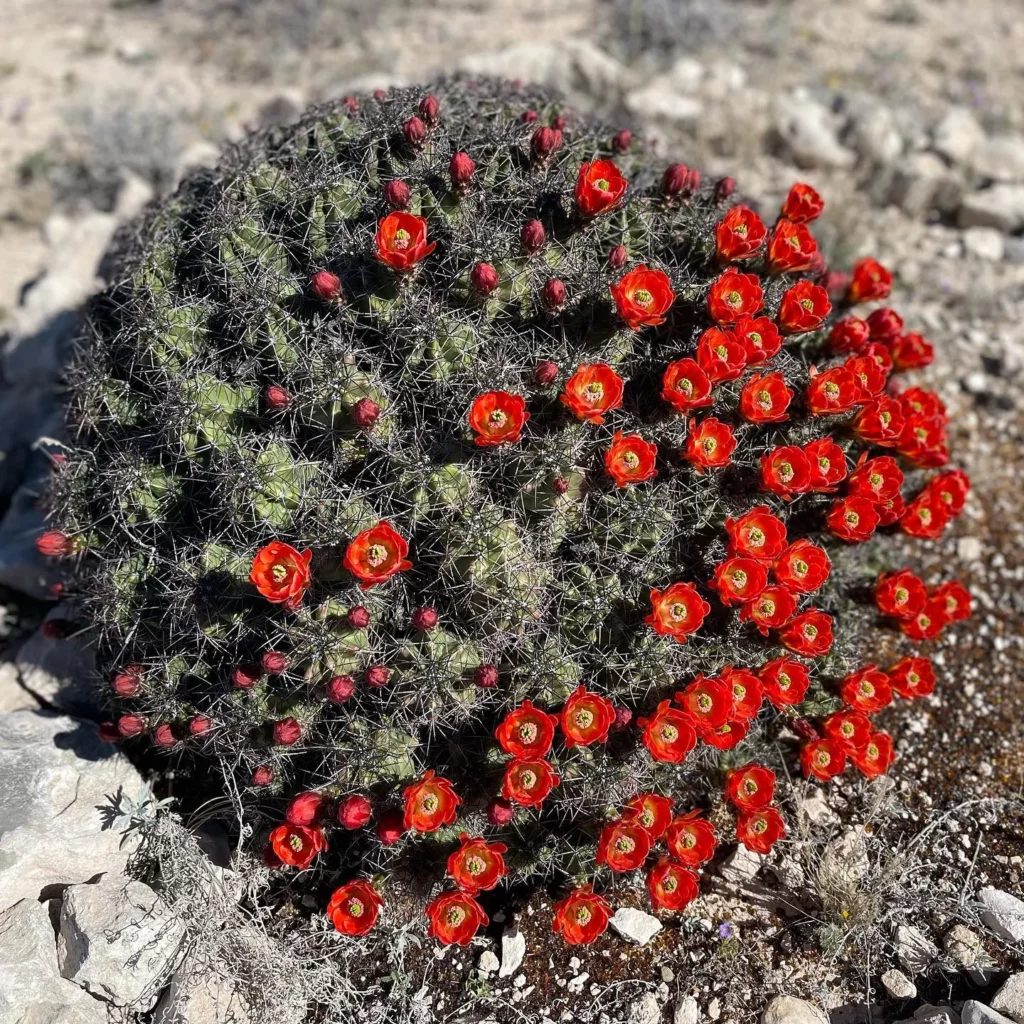
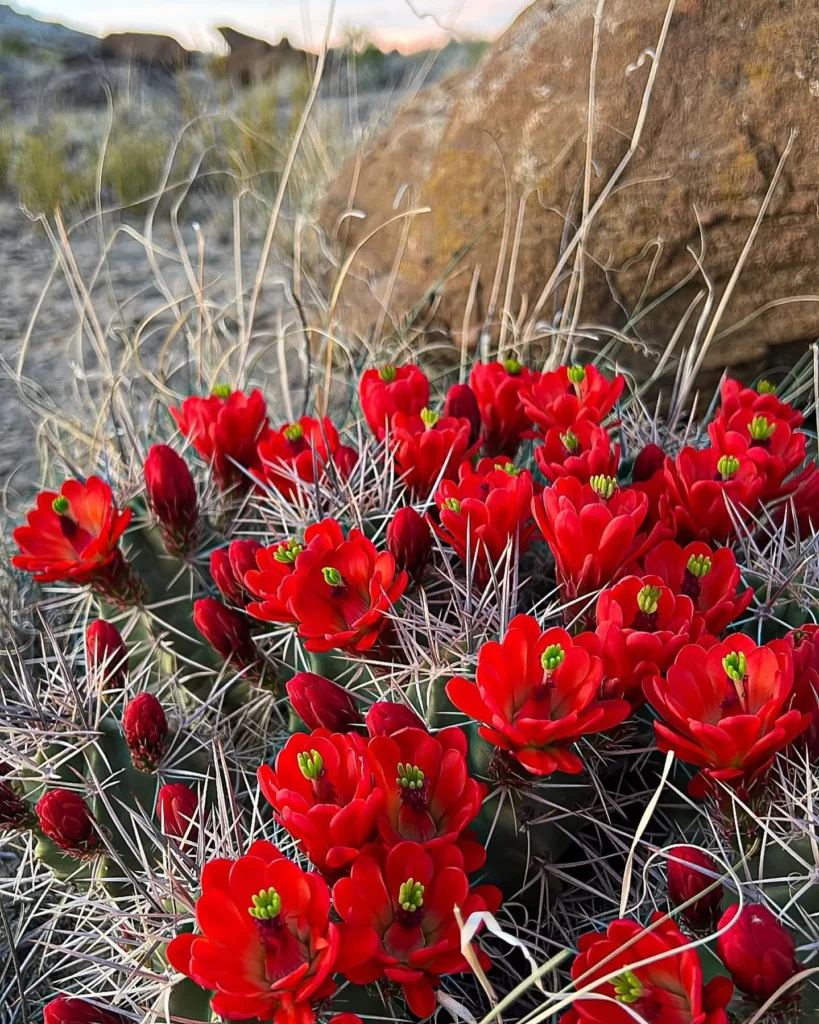
The Claret Cup Cactus is a resilient plant that thrives in arid conditions, making it a perfect choice for your desert landscape. When it comes to watering this drought-tolerant plant, it’s essential to strike the right balance. Here are some watering tips to ensure the health and vitality of your Claret Cup Cactus:
- Allow the soil to dry out completely: The Claret Cup Cactus is adapted to survive in low-water environments, so it’s important to let the soil dry out completely between waterings. This helps prevent root rot, a common issue caused by overwatering.
- Water sparingly during the growing season: During spring and summer, when the Claret Cup Cactus is actively growing, water the plant every 2 to 4 weeks if there has been no rainfall. Keep an eye on the weather and adjust the watering frequency accordingly.
- Stop watering in the fall: As autumn approaches, gradually reduce watering and eventually stop altogether. This allows the plant to enter a period of natural dehydration and prepare for the upcoming winter dormancy.
- Avoid overwatering: Overwatering can be detrimental to the Claret Cup Cactus, leading to root rot and other issues. Always err on the side of underwatering rather than overwatering.
Fertilizing the Claret Cup Cactus

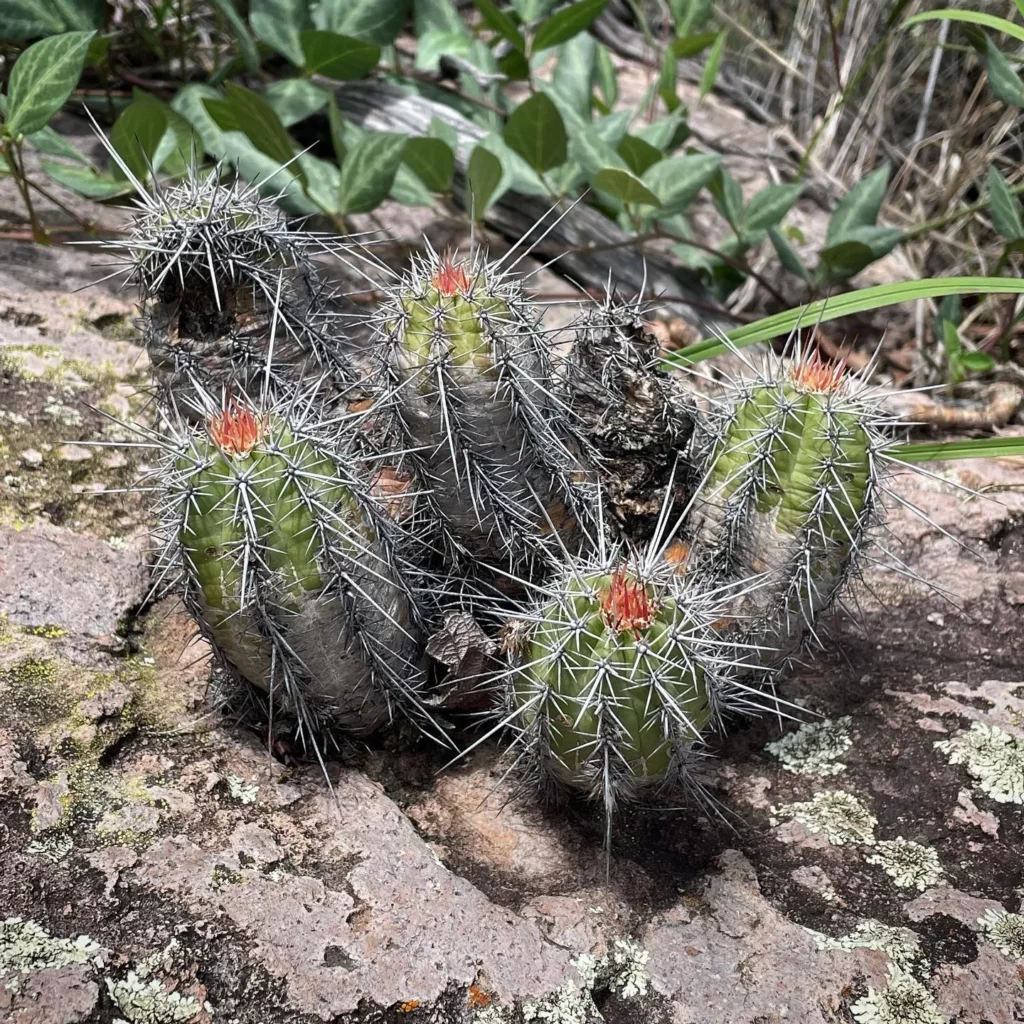
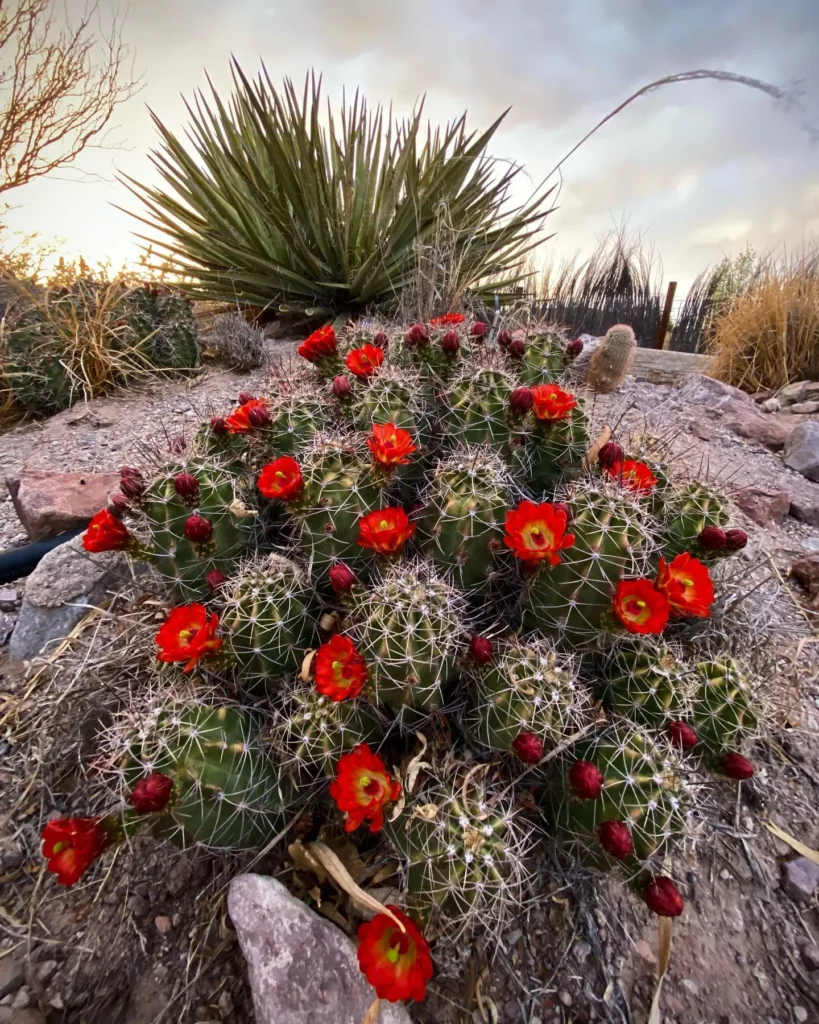
The Claret Cup Cactus, like any other plant, requires proper nourishment to thrive and maintain its vibrant blooms. Fertilizing the Claret Cup Cactus during the growing season is essential to support its growth and overall health.
When fertilizing the Claret Cup Cactus, it is important to use a fertilizer specifically formulated for cacti and succulents. These plants have unique nutrient requirements that differ from other types of plants. Choosing the right fertilizer will ensure that the Claret Cup Cactus receives the necessary nutrients for optimal growth.
During the spring, apply a slow-release fertilizer to the soil around the base of the cactus. This will provide a steady supply of nutrients over an extended period. Additionally, once per month during the growing season, you can use a liquid fertilizer diluted in water for watering your Claret Cup Cactus.
However, it is crucial to suspend fertilizing during the winter months, as the Claret Cup Cactus enters its dormant period. Fertilizing during this time can disrupt the natural cycle of the plant and isn’t beneficial.
Potting the Claret Cup Cactus
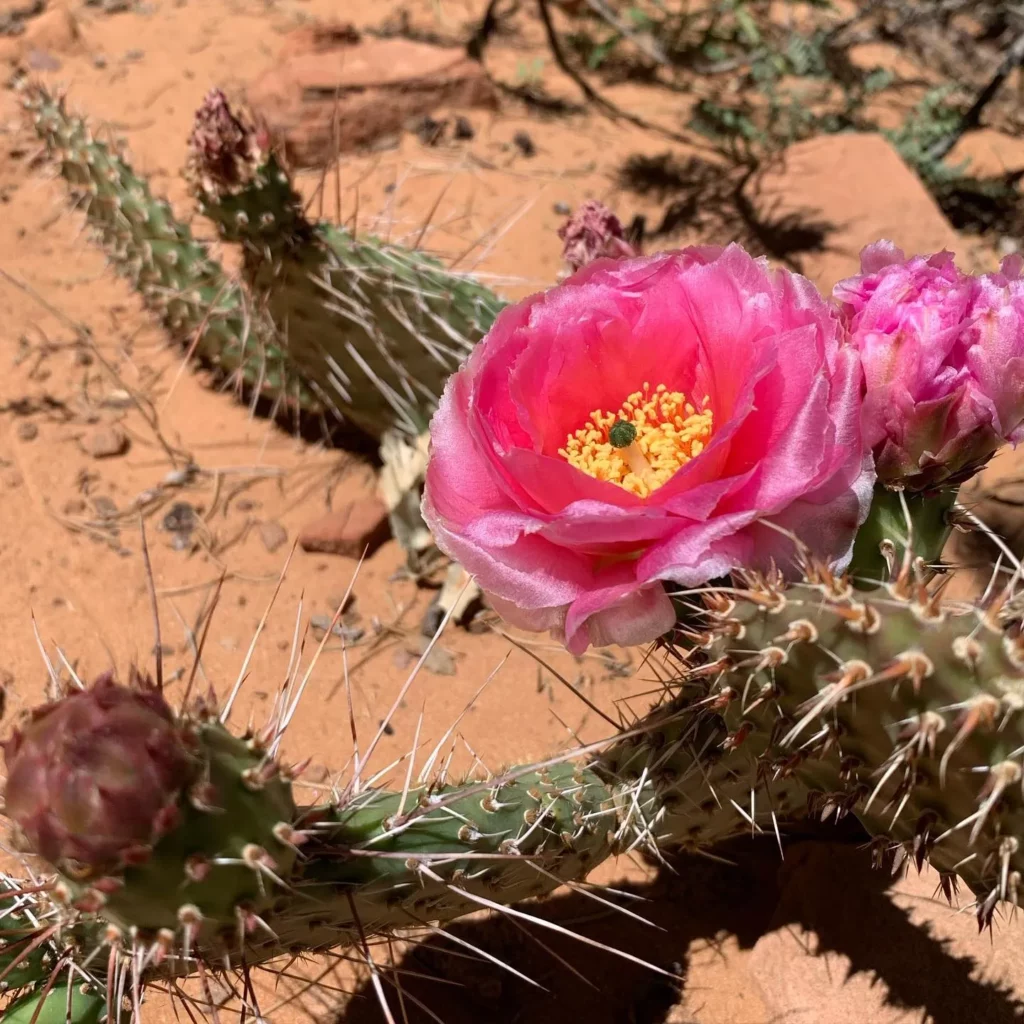
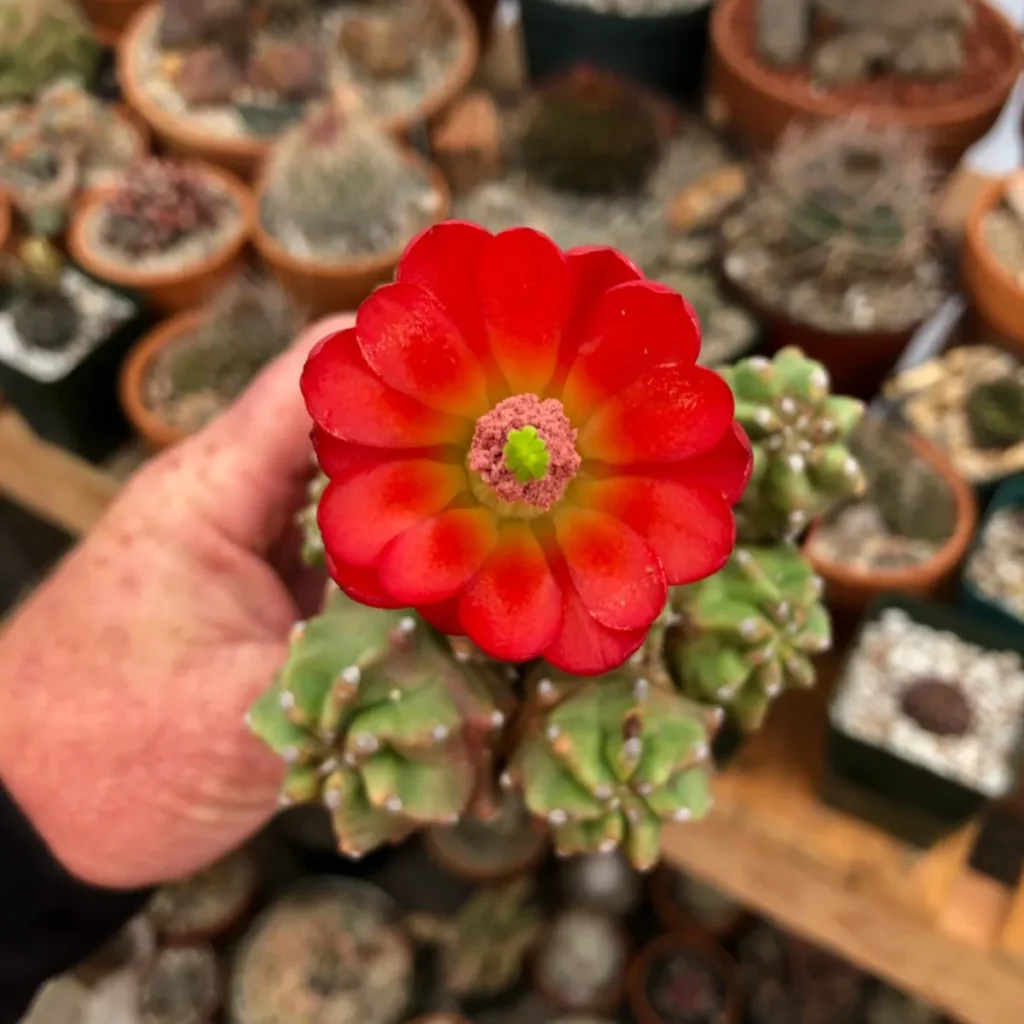

The Claret Cup Cactus, also known as Echinocereus triglochidiatus, is a versatile plant that can be grown in pots or containers, offering flexibility for both indoor and outdoor settings. When potting this captivating desert cactus, it’s crucial to provide the right conditions for its growth and well-being.
To ensure proper potting, start by using a well-draining soil mix that is ideal for cactus plants, such as a sandy or cactus-specific mix. This type of soil allows for adequate drainage, preventing waterlogged conditions that can lead to root rot. Remember, the Claret Cup Cactus is native to arid environments, so it thrives in soil that doesn’t retain excess moisture.
When selecting a pot or container for your Claret Cup Cactus, opt for an unglazed pot. This allows for better evaporation of excess moisture and promotes proper airflow around the roots. The unglazed surface of the pot allows moisture to escape more easily, preventing the accumulation of water that can be harmful to the cactus.
Propagation of Claret Cup Cactus
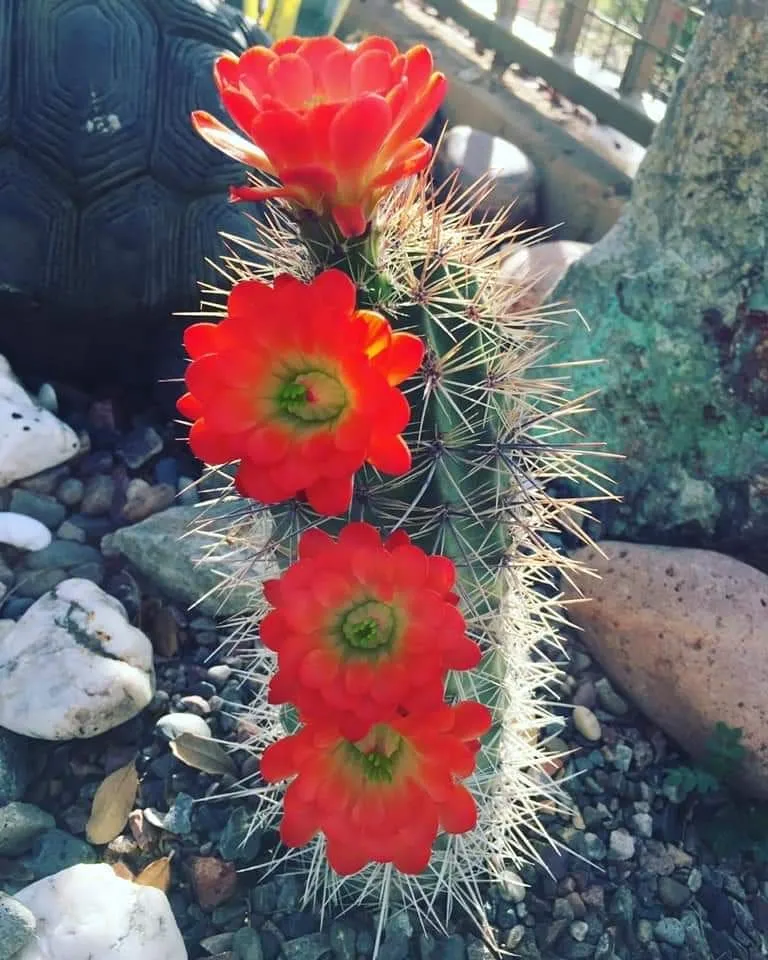
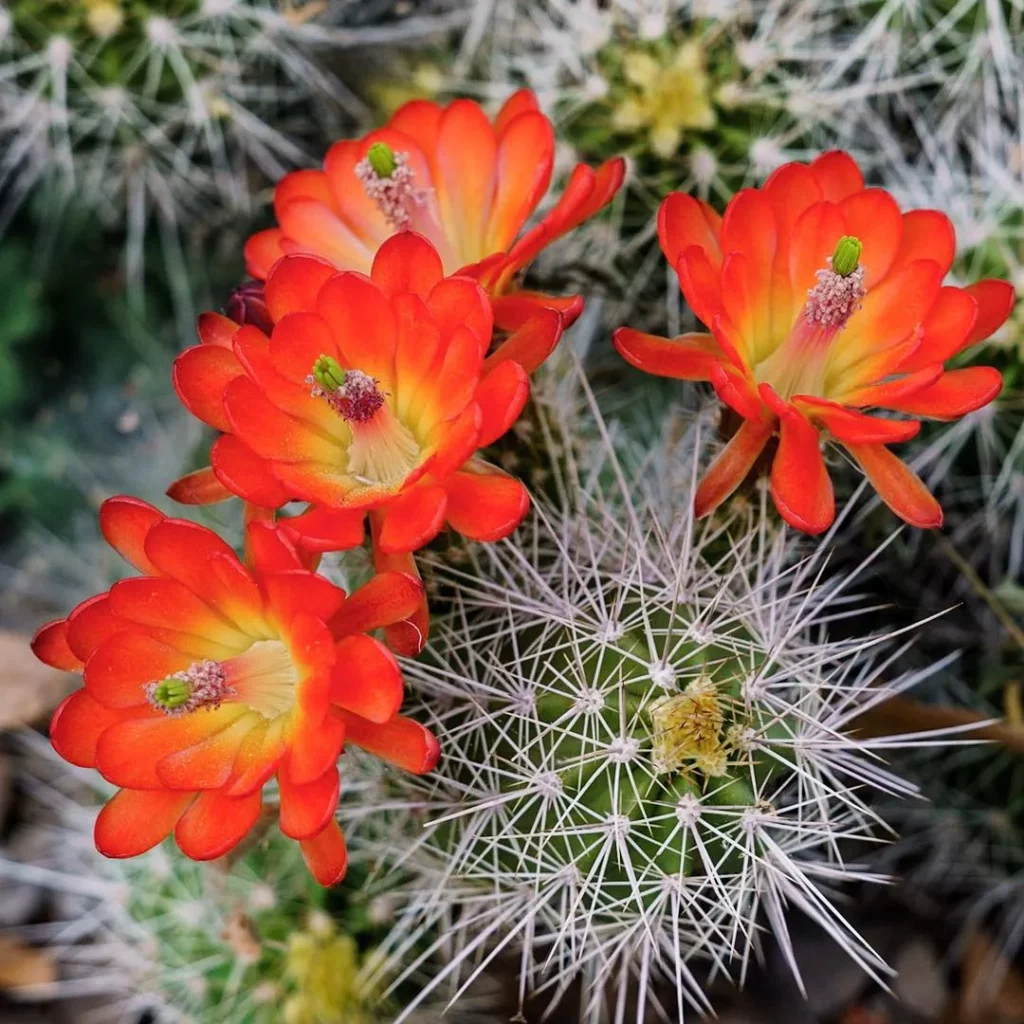
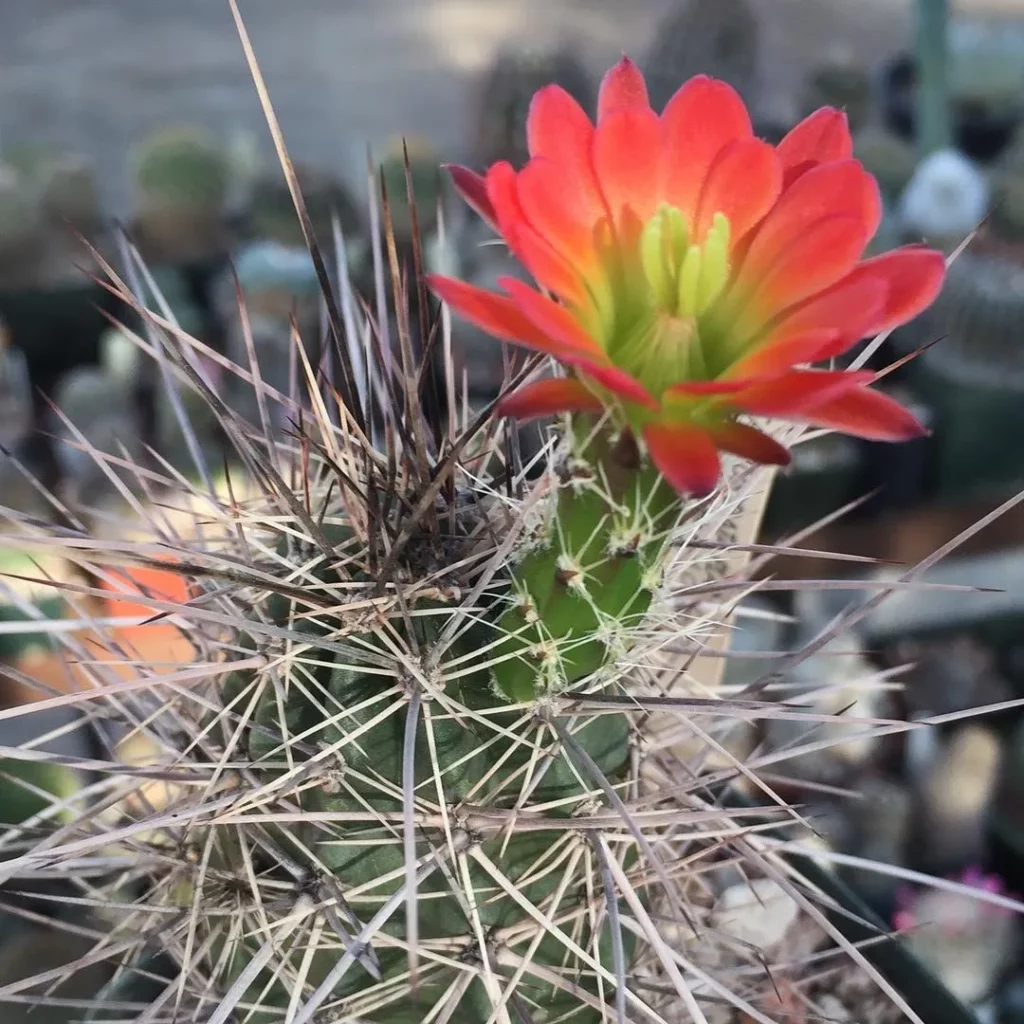
The Claret Cup Cactus, also known as Echinocereus triglochidiatus, can be propagated through seeds. To grow new Claret Cup Cactus plants, harvest the seeds from mature plants and plant them in a well-draining soil mix. It is important to ensure proper drainage to prevent waterlogged soil issues.
When propagating Claret Cup Cactus through seeds, it is crucial to be patient as the germination and growth process can be slow. It may take several years for the new plants to reach maturity and produce their beautiful red blooms. However, with careful nurturing and the right conditions, you can successfully grow new Claret Cup Cactus plants from seeds.
- Harvest seeds from mature Claret Cup Cactus plants.
- Plant the seeds in a well-draining soil mix.
- Ensure the soil has proper drainage to avoid waterlogged conditions.
- Be patient as the germination and growth process can be slow.
- It may take several years for the new plants to reach maturity and produce flowers.
- Nurture the plants with proper care and conditions for successful growth.
Growth and Development of Claret Cup Cactus
The Claret Cup Cactus is a resilient perennial plant that exhibits slow but steady growth. With the right care and favorable conditions, this cactus can reach a size of 3-4 feet across, although it typically stays smaller than that. It’s worth noting that individual plants can vary in size and appearance due to genetic differences and the type of soil they are grown in.
The Claret Cup Cactus is known for its spectacular blooming in the spring. Its vibrant red flowers are a magnet for hummingbirds and can last for several days, adding to the overall beauty of the plant. As the cactus continues to grow, it has the potential to form clumps and create stunning scarlet mounds of flowers, creating an eye-catching display in any landscape.
Pests and Diseases of Claret Cup Cactus
The Claret Cup Cactus, known for its resilience, is relatively resistant to pests and diseases. However, it is not entirely immune and can occasionally fall victim to mealybugs and scale. If you spot these pests on your Claret Cup Cactus, it’s crucial to take prompt action to prevent any damage to the plant.
To keep your cactus healthy and free from pests, regular inspection and cleaning are key. By thoroughly examining your plant and removing any visible pests, you can prevent infestations from taking hold. Remember to pay attention to the crevices and areas where pests often hide.
Providing your Claret Cup Cactus with proper care is another effective way to prevent diseases and maintain its overall health. Ensuring your cactus is planted in well-draining soil can help avoid waterlogging, which can lead to root rot and other diseases. Additionally, watering your cactus appropriately, allowing the soil to dry out completely between waterings, is crucial for preventing issues related to excess moisture.
FAQ
What is the Claret Cup Cactus?
The Claret Cup Cactus, also known as Echinocereus triglochidiatus, is a stunning desert plant native to the American Southwest. It is named for its vibrant red blooms that captivate in arid landscapes.
What does the Claret Cup Cactus look like?
The Claret Cup Cactus has a rounded, barrel-shaped body with bluish-green skin. It can have one or many stems, each covered in spines. At the top of the stems, it produces large, waxy, deep pink cup-shaped blooms that attract hummingbirds.
How much sunlight does the Claret Cup Cactus need?
The Claret Cup Cactus thrives in full sun and requires at least 6-8 hours of direct sunlight each day to grow and bloom properly.
How often should I water the Claret Cup Cactus?
The Claret Cup Cactus is drought-tolerant and should be watered every 2 to 4 weeks during the growing season if there has been no rain. It is important to allow the soil to dry out completely between waterings to prevent root rot.
Do I need to fertilize the Claret Cup Cactus?
Yes, the Claret Cup Cactus benefits from periodic fertilization during the growing season. Fertilize in spring and then once per month with a cactus and succulent-specific fertilizer.
Can I grow the Claret Cup Cactus in a pot?
Yes, the Claret Cup Cactus can be grown in pots or containers. Use a well-draining soil mix, such as a sandy or cactus-specific mix, and an unglazed pot to prevent waterlogged soil.
How can I propagate the Claret Cup Cactus?
The Claret Cup Cactus can be propagated through seeds. Harvest mature seeds and plant them in a well-draining soil mix. However, note that the germination and growth process can be slow, taking several years for the new plants to reach maturity and produce flowers.
How big does the Claret Cup Cactus grow?
With proper care, the Claret Cup Cactus can reach a size of 3-4 feet across, although it is usually smaller. Individual plants can vary in size due to genetic differences and soil types.
What pests and diseases affect the Claret Cup Cactus?
The Claret Cup Cactus is relatively resistant to pests and diseases but can occasionally be affected by mealybugs and scale. Regular inspection and cleaning of the cactus can help prevent infestations.

